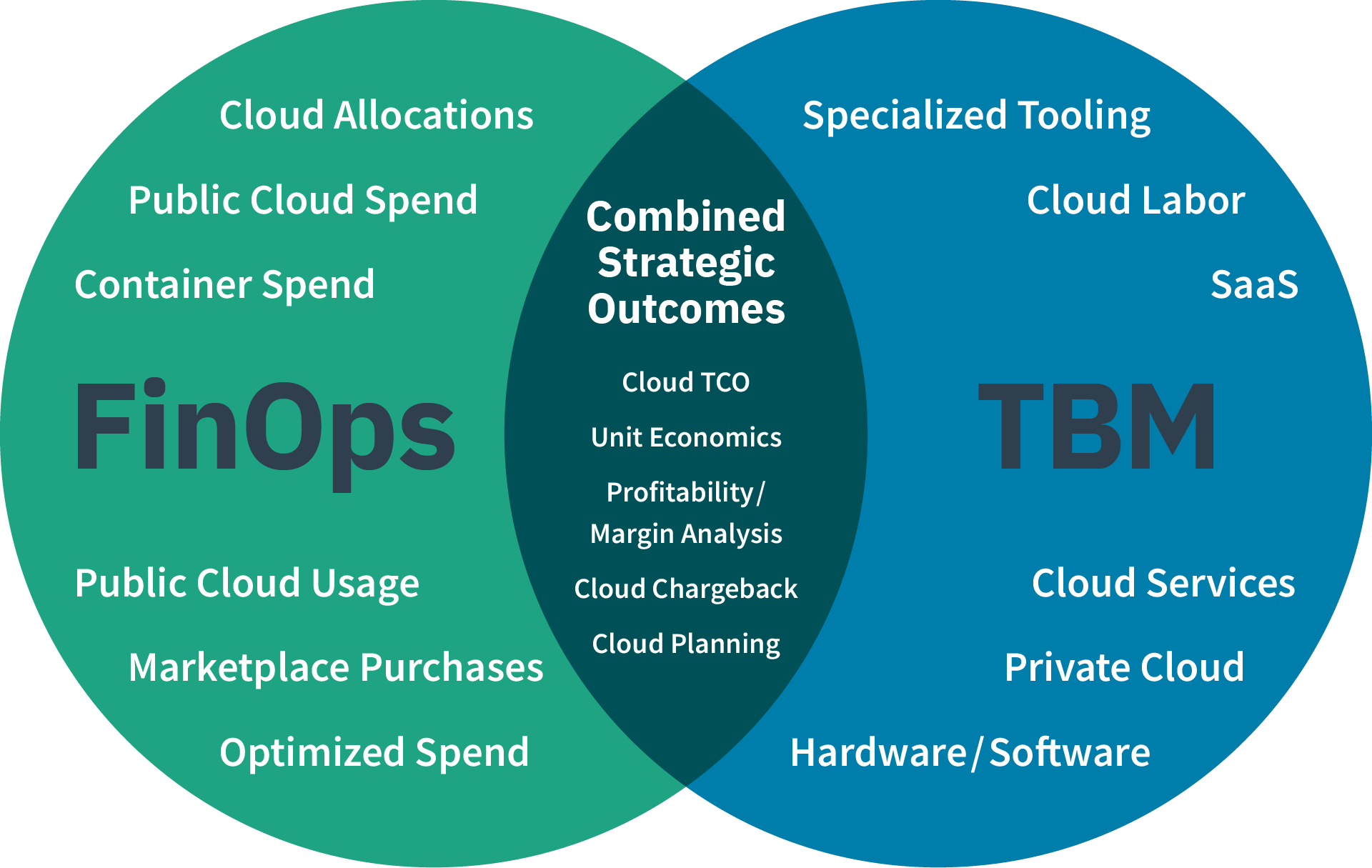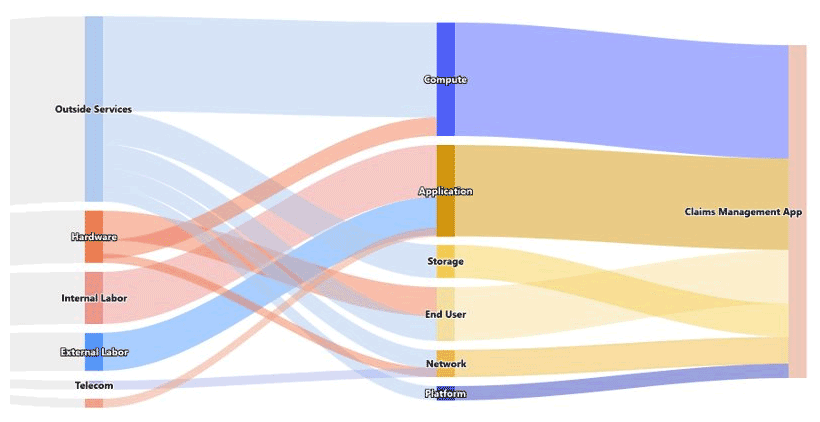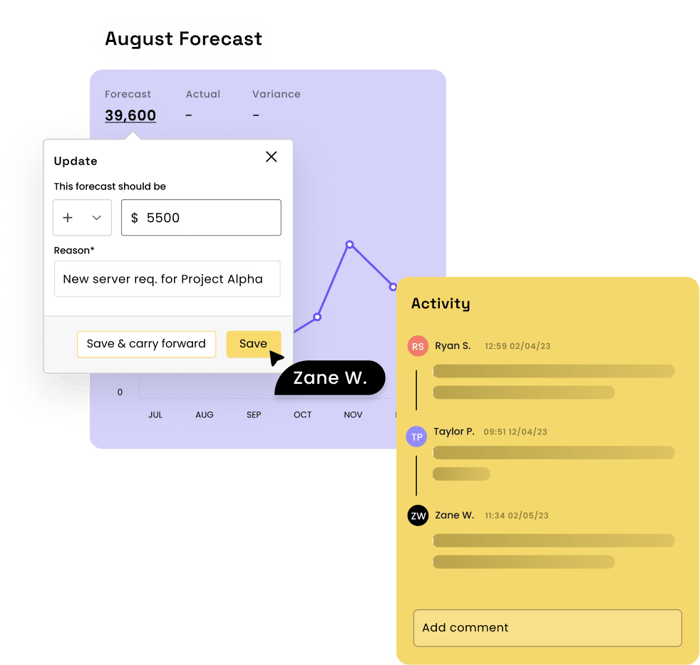YäRKEN is a FinOps Certified Platform supporting FOCUS
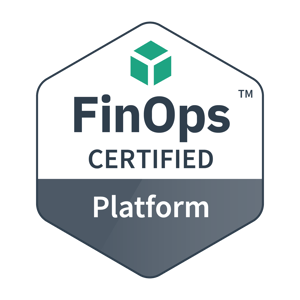
Empowering Teams to increase Cost Predictability, Preventing Bill Shock.
With Cloud Forecast Lens, organisations can:
Empower Efficiency with Forecasted Spend Insights.
Harness the power of Cloud Forecast Lens to align disparate data sources, providing a unified view of anticipated cloud expenses. Drive cost improvement and resource allocation to bolster growth.

Maximize Budgeting with Agile Forecasting.
Leverage Cloud Forecast Lens for dynamic, team-driven forecasting, boosting transparency and strategic planning. Utilize shared insights for effective cost control, aligning cost management with business objectives.

Boost Accountability with Team Cost Allocation.
Foster a culture of ownership and financial responsibility through clear cost allocation with Cloud Forecast Lens. Assign cloud expenses to the appropriate teams, driving a sense of accountability and alignment with business goals.

-
Teams need to collaborate
-
Decisions are driven by business value of cloud
-
Everyone takes ownership for their cloud usage
-
FinOps data should be accessible and timely
-
A centralized team drives FinOps
-
Take advantage of the variable cost model of the cloud.
FinOps Domains supported by YäRKEN
Harness the power of Cloud Forecast Lens to align disparate data sources, providing a unified view of anticipated cloud expenses. Drive cost improvement and resource allocation to bolster growth.
Leverage Cloud Forecast Lens for dynamic, team-driven forecasting, boosting transparency and strategic planning. Utilize shared insights for effective cost control, aligning cost management with business objectives.
Foster a culture of ownership and financial responsibility through clear cost allocation with Cloud Forecast Lens. Assign cloud expenses to the appropriate teams, driving a sense of accountability and alignment with business goals.
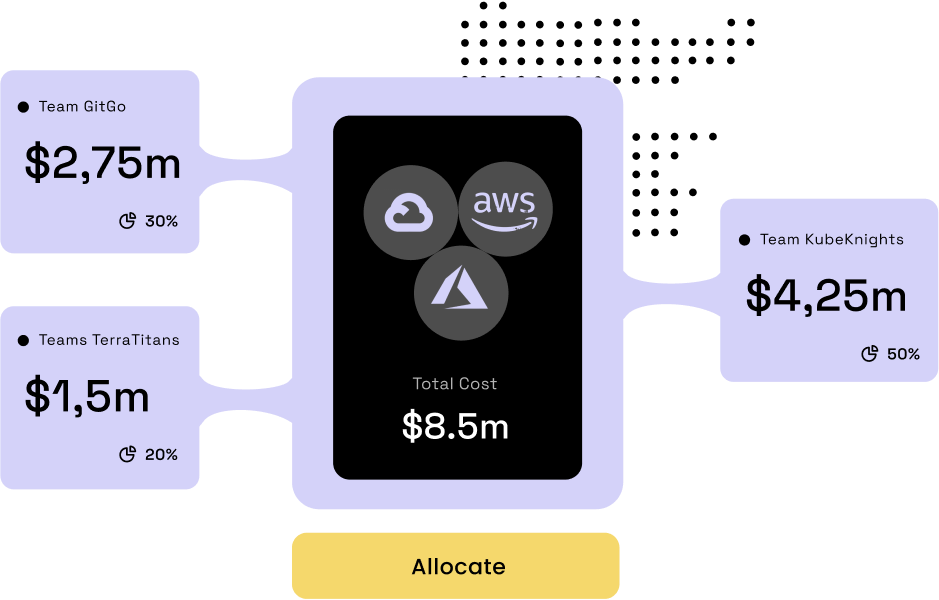
Understand Cloud Usage & Cost
Quantify Business Value
Optimize Cloud Usage & Cost
-
-
Workload Optimization
-
Licensing & SaaS
-
Rate Optimization
-
Cloud Sustainability
Optimize Cloud Usage & Cost
-
FinOps Practice Operations
-
FinOps Assessment
-
FinOps Education & Enablement
-
Onboarding Workloads
-
Cloud Policy & Governance
-
FinOps Tools & Services
-
Invoicing & Chargeback
-
Intersecting Disciplines
Data Ingestion
Collect, transfer, store, and normalize data from various sources, with a goal of creating a complete, contextual dataset of cloud usage and cost data available for analysis.
|
Integration
|
|
Automation |
Allocation
Define strategies to assign and share cloud costs using accounts, tags, labels, and other metadata, creating accountability among teams and projects within an organization.
|
Modelling |
|
Automation |
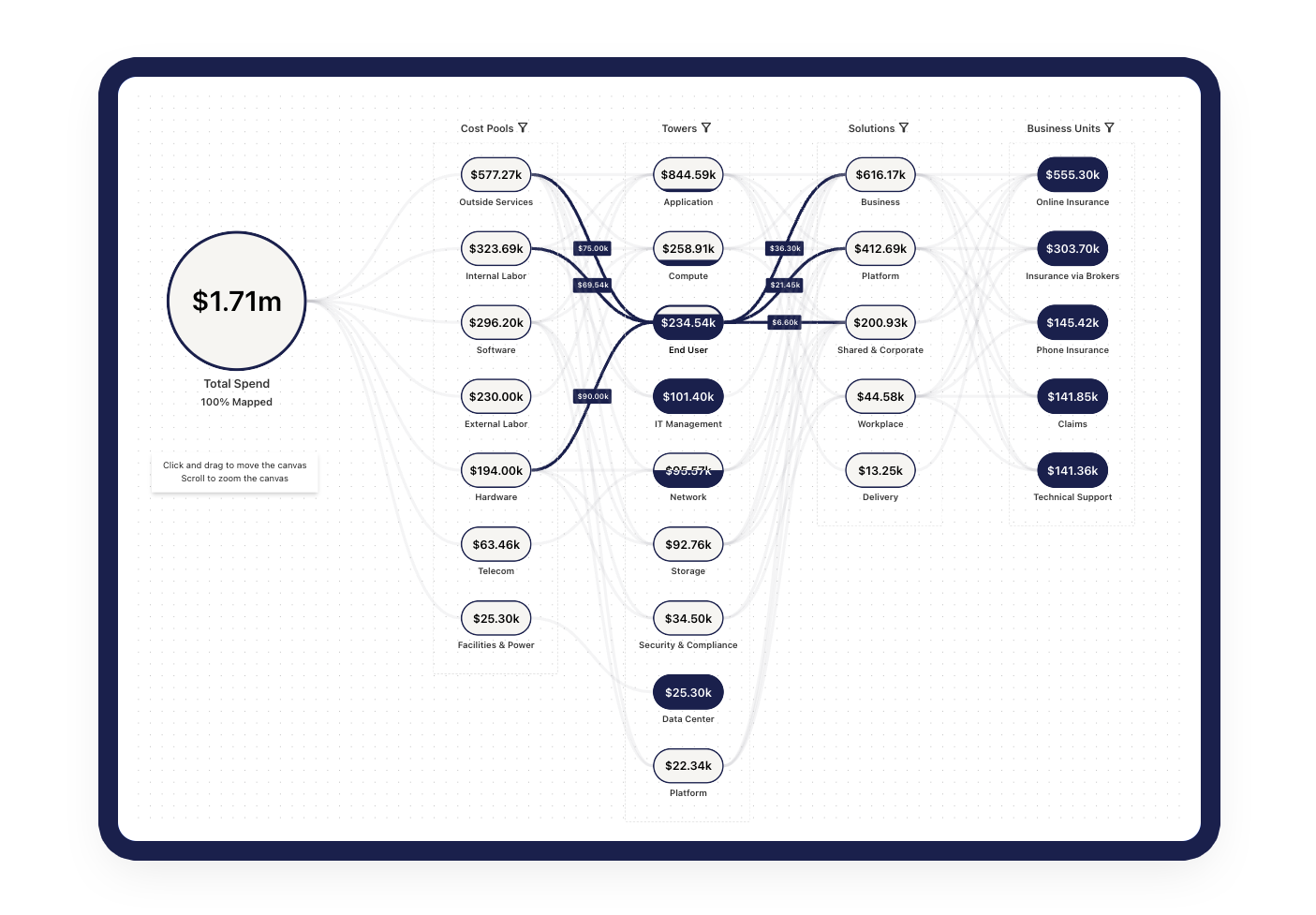
Reporting & Analytics
Analyze cloud data and create reporting to gain insights into usage and spend patterns, identify opportunities for improvement, and support informed decision-making about cloud resources.
|
Reporting |
|
|
Analytics |
|
|
Insights |
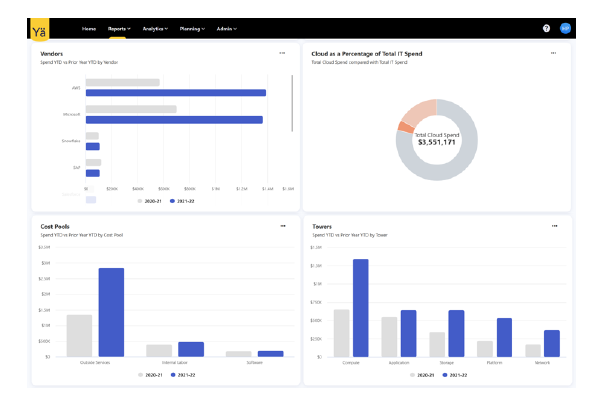
Anomaly Management
Detect, identify, alert and manage unexpected or unforecasted cloud cost and usage irregularities in a timely manner to lower risk in cost-effective cloud operations.
|
Analytics
|
|
Insights |
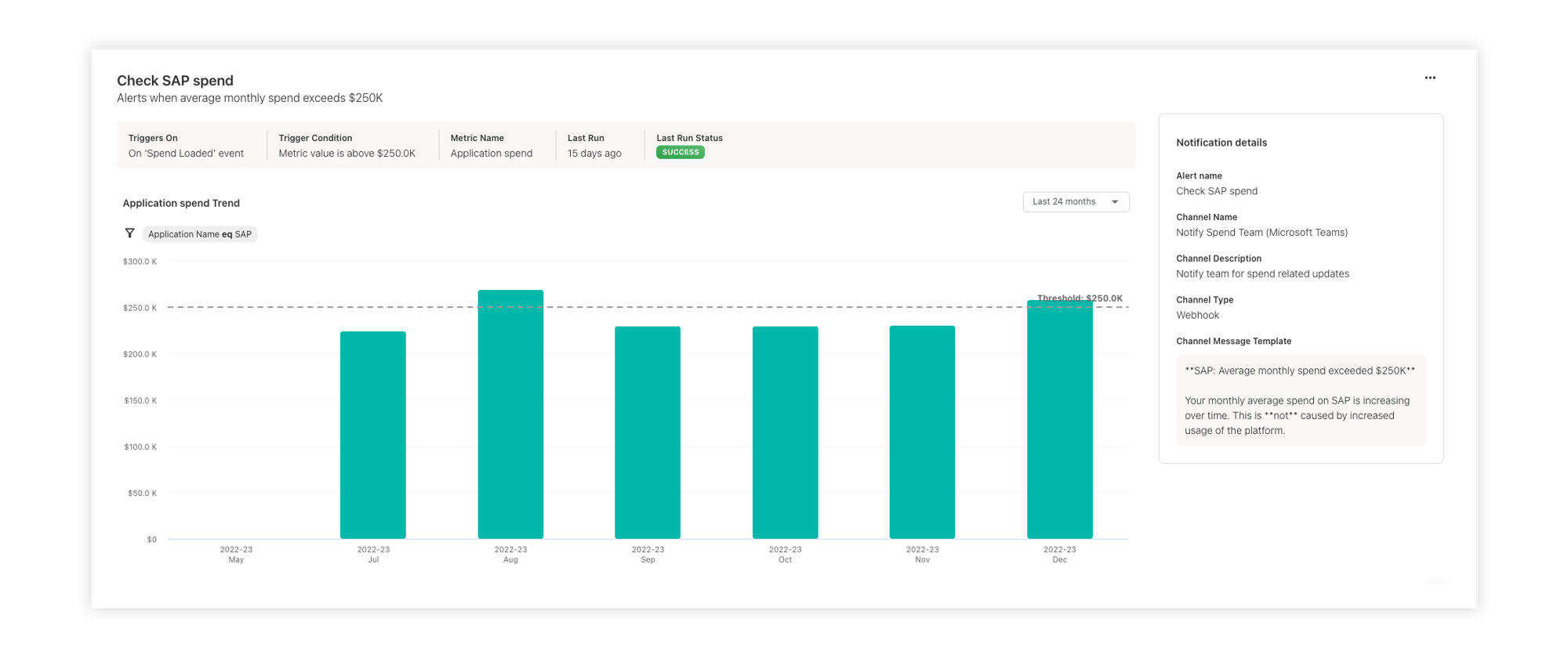
Planning & Estimating
Estimation and exploration of potential cost and value of workloads if implemented in an organization’s cloud environment in a particular model or models.
|
|
Reporting |
|
Integration |
|
Automation |
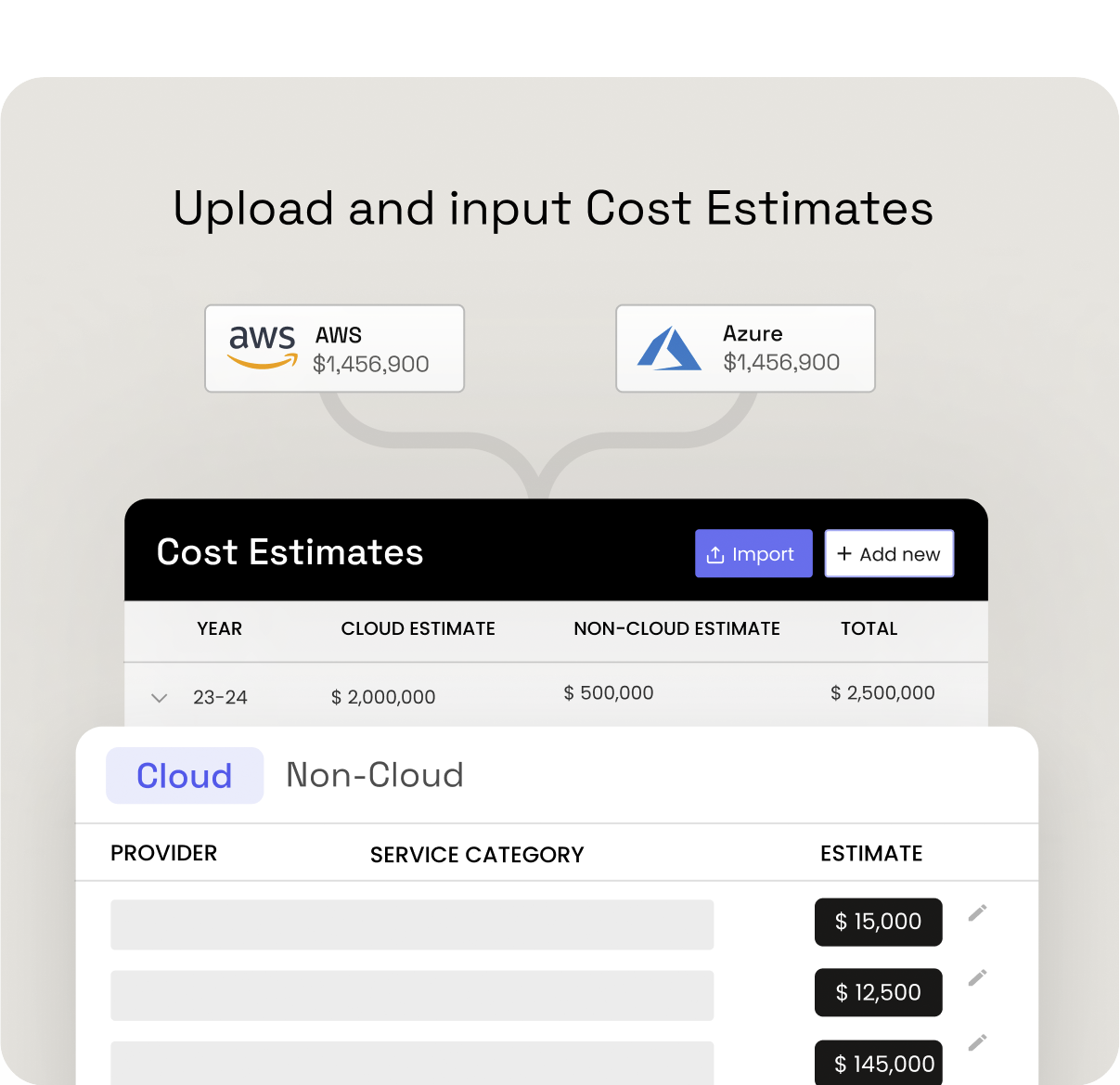
Forecasting
Creating a model of the anticipated future cost and value of cloud systems leveraging statistical methods, historical spend patterns, planned changes, and related metrics.
|
|
Collaboration |
|
|
Analytics |
|
Insights |
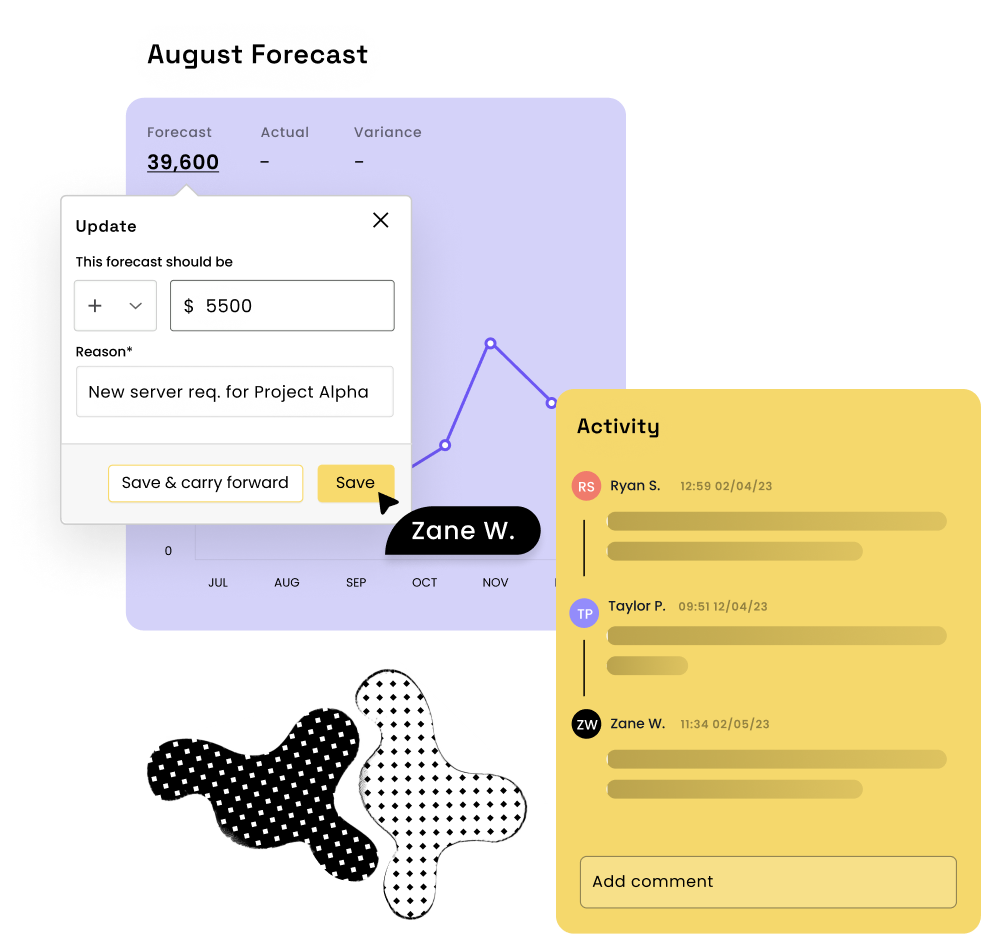
Budgeting
Strategic and ongoing process for setting limits, monitoring, and managing cloud spending, aligned with business objectives, to ensure accountability and predictable financial outcomes for cloud-based systems.
|
|
Collaboration |
|
|
Reporting |
|
Insights |
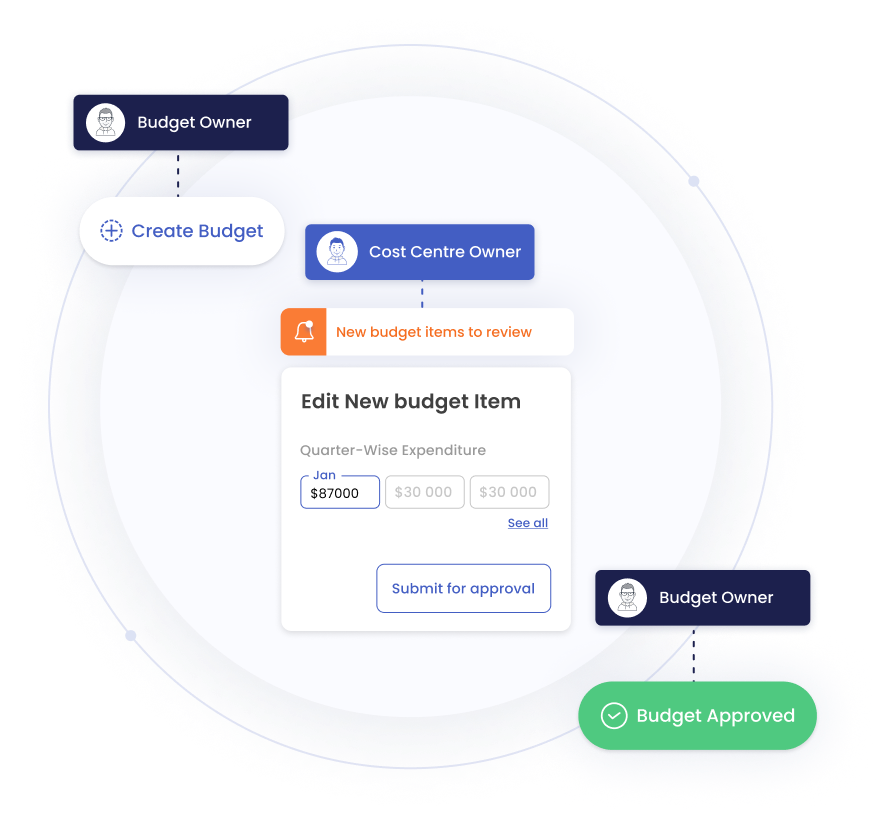
Benchmarking
Using efficiency metrics to evaluate cloud optimization and value between parts of the organization or against industry peers to inform decision-making and align FinOps with business objectives.
|
|
Reporting |

Unit Economics
Develop and track metrics that provide an understanding of how an organization’s cloud use and cloud management practices impact the value of the organization’s products, services, or activities.
|
|
Reporting |
|
Insights |
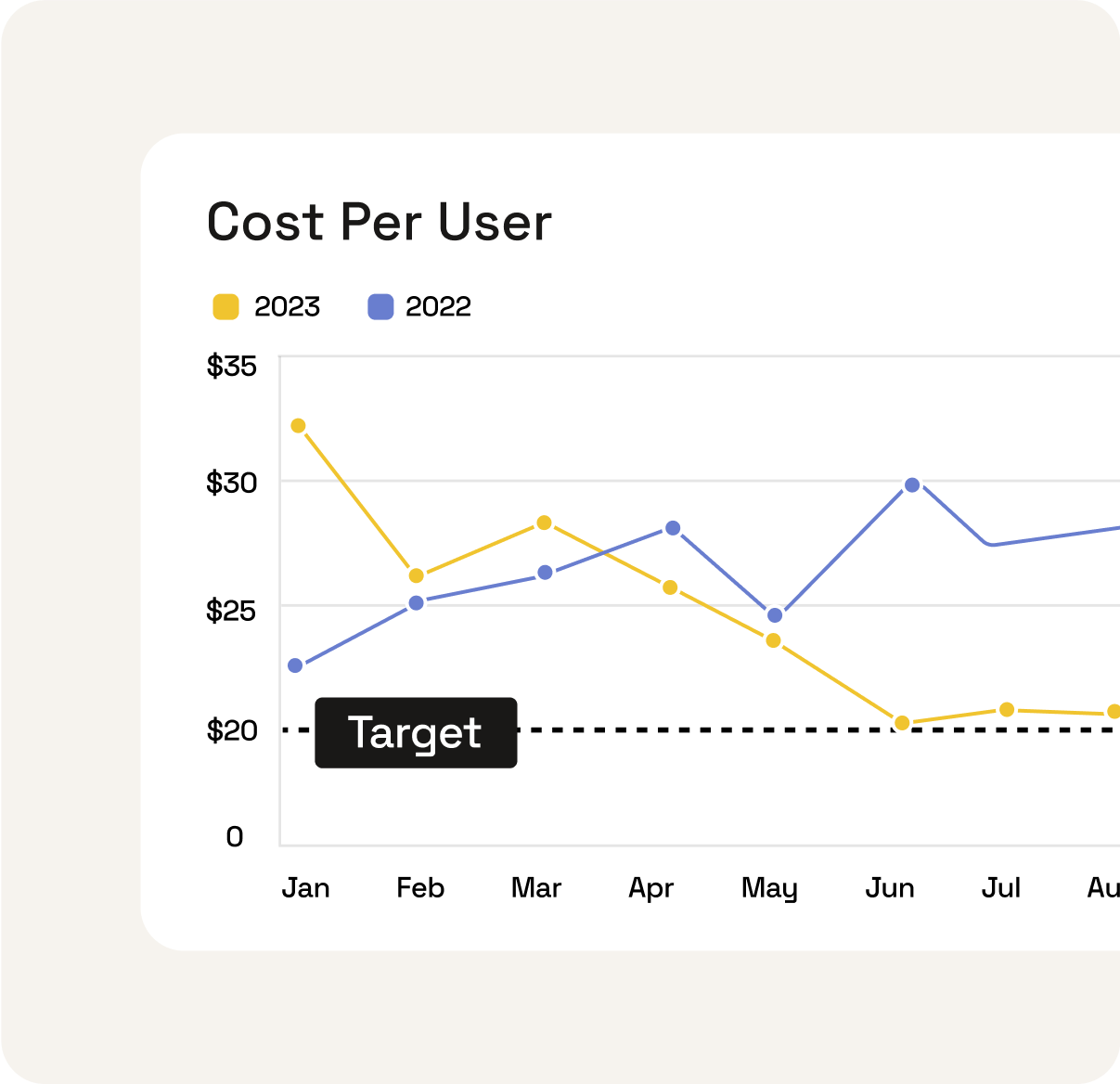
Architecting for Cloud
Designing and modernizing solutions with cost-awareness and efficiency to maximize business value while achieving performance, scalability, and operational objectives.
|
Integration |
|
Reporting |
|
|
Analytics |
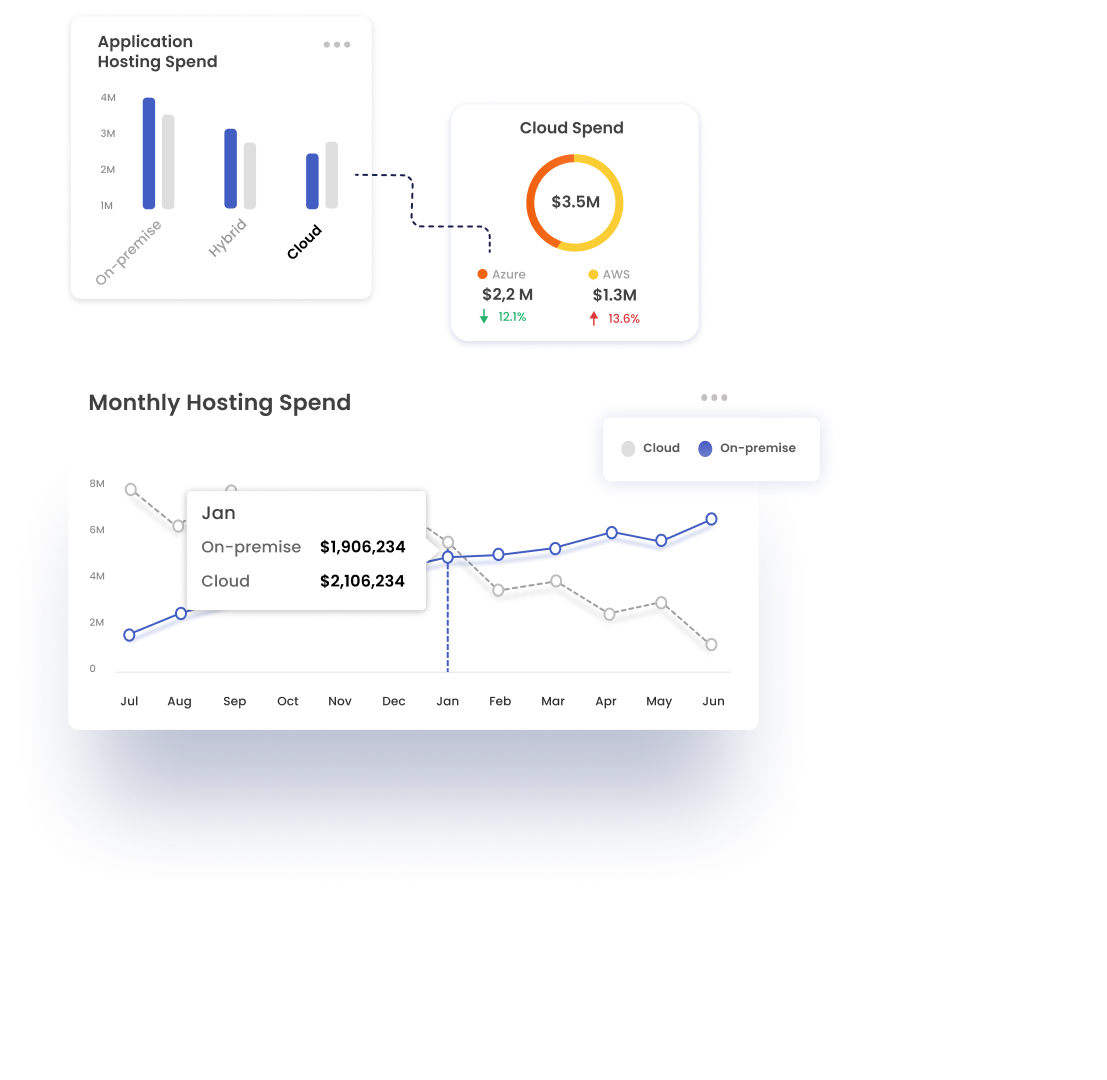
Invoicing & Chargeback
Developing specific reporting, cloud invoice reconciliation workflows and chargeback models, in direct collaboration with Finance Personas with input from Product and Engineering Personas, to align cloud cost data and reporting to specific budgets and accounting requirements.
|
|
Reporting |
|
|
Collaboration |
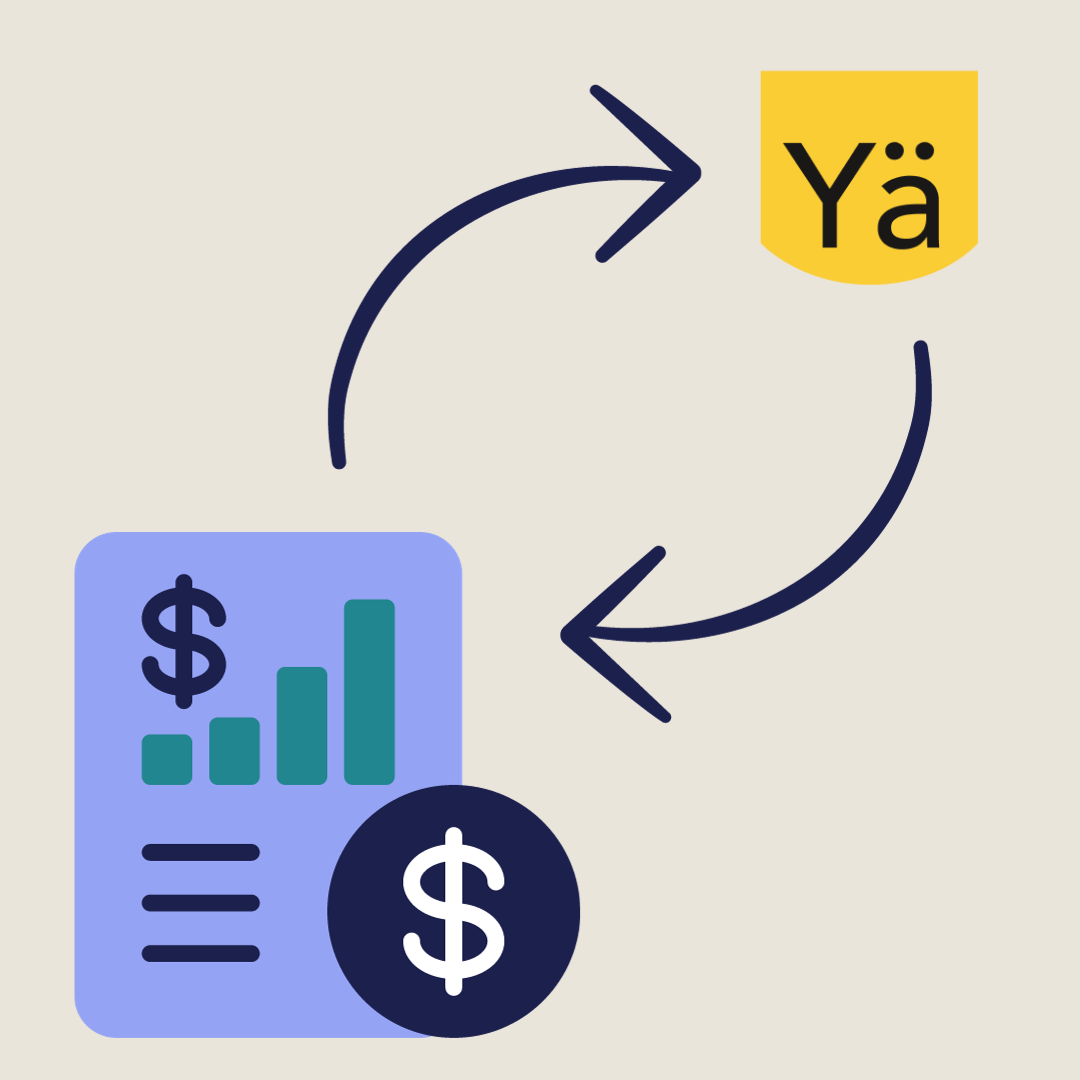
Intersecting Disciplines
Coordinating activities with interconnected disciplines or Allied Personas (such as, ITAM, ITFM, Sustainability, Security) which manage responsibilities broader than just cloud, and which must integrate into the organizational cloud strategy by collaborating with FinOps.
|
Integration |
|
Automation |
|
Reporting |
|
|
Collaboration |
